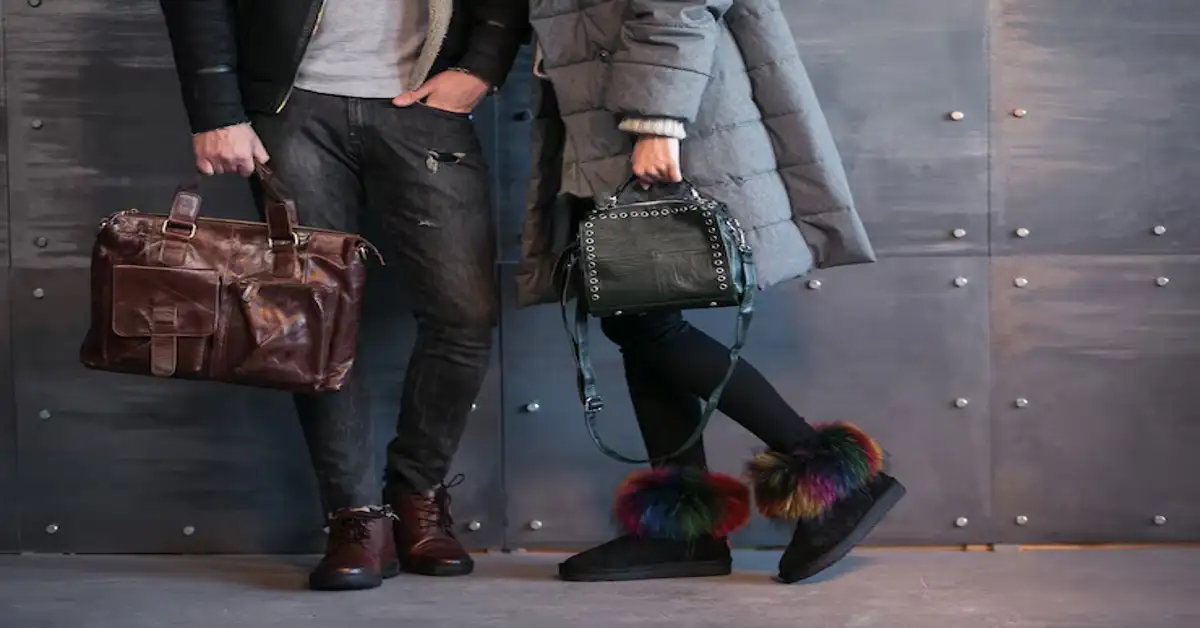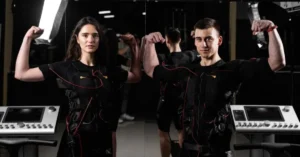In today’s fast-paced fashion world, finding a balance between style, affordability, and quality can be challenging. Webfreen.com Fashion emerges as a solution, offering a diverse range of trendy clothing and accessories that cater to various tastes and budgets. Whether you’re updating your wardrobe or seeking the latest fashion trends, Webfreen.com provides an accessible platform for all your fashion needs.
What is Webfreen.com Fashion?
Webfreen.com Fashion is an online retail platform dedicated to providing stylish, high-quality fashion at budget-friendly prices. With a focus on inclusivity and diversity, the platform offers a wide array of clothing and accessories for men, women, and children. From everyday essentials to statement pieces, Webfreen.com ensures that fashion enthusiasts can find items that resonate with their personal style.
Key Features of Webfreen.com Fashion
Affordability Without Compromising Quality
Webfreen.com stands out by offering fashionable items that don’t break the bank. The platform ensures that customers receive value for their money, providing durable and stylish products at competitive prices.
Diverse and Inclusive Collections
Catering to a broad audience, Webfreen.com features collections that embrace various styles, sizes, and preferences. This inclusivity ensures that everyone can find fashion pieces that suit their unique tastes.
User-Friendly Shopping Experience
The website’s intuitive design allows for easy navigation, with categorized collections and search filters that make shopping seamless. Customers can effortlessly browse through the latest arrivals, bestsellers, and exclusive deals.
Sustainable Fashion Choices
Recognizing the importance of environmental responsibility, Webfreen.com incorporates sustainable practices by offering eco-friendly clothing options made from organic and recycled materials.
Popular Categories on Webfreen.com
Women’s Fashion
- Dresses: From casual day dresses to elegant evening gowns, there’s a style for every occasion.
- Tops and Blouses: A variety of designs ranging from classic button-ups to trendy crop tops.
- Bottoms: Including jeans, skirts, and tailored trousers that combine comfort with style.
- Outerwear: Chic jackets and coats suitable for different seasons and settings.
Men’s Fashion
- Shirts and T-Shirts: Versatile options for both casual and formal wear.
- Pants and Jeans: Comfortable and stylish choices for everyday use.
- Jackets and Blazers: Essential pieces that add a polished touch to any outfit.
- Footwear: A range of shoes from casual sneakers to formal dress shoes.
Accessories
- Bags: Functional and fashionable options including backpacks, totes, and clutches.
- Jewelry: Statement pieces and minimalist designs to complement various outfits.
- Hats and Scarves: Accessories that add flair and functionality to your look.
- Sunglasses: Trendy eyewear to protect your eyes and elevate your style.
Staying Ahead with Webfreen.com Fashion Trends
Webfreen.com keeps its collections fresh and relevant by staying attuned to the latest fashion trends. Regular updates ensure that customers have access to contemporary styles, including:
- Minimalist Designs: Clean lines and neutral tones for a timeless look.
- Streetwear: Urban-inspired pieces like oversized hoodies and graphic tees.
- Sustainable Fashion: Eco-friendly clothing options that don’t sacrifice style.
- Seasonal Collections: Curated selections that reflect current seasonal trends and colors.
Building a Budget-Friendly Wardrobe
Creating a stylish wardrobe doesn’t have to be expensive. Here are some tips to maximize your fashion budget with Webfreen.com:
- Invest in Versatile Staples: Choose items like neutral-colored tops and classic jeans that can be mixed and matched.
- Take Advantage of Sales: Keep an eye out for seasonal promotions and discounts.
- Accessorize Smartly: Use accessories to transform basic outfits into standout looks.
- Layering: Combine different pieces to create new ensembles without purchasing additional items.
Sustainability and Ethical Practices
Webfreen.com is committed to reducing its environmental impact by:
- Using Sustainable Materials: Incorporating organic cotton and recycled fabrics into their products.
- Ethical Manufacturing: Ensuring fair labor practices in their production processes.
- Eco-Friendly Packaging: Utilizing recyclable materials for shipping and packaging.
Customer Experience and Community
Webfreen.com values its customers by providing:
- Responsive Customer Service: Addressing inquiries and concerns promptly.
- Easy Returns and Exchanges: Simplifying the process to ensure customer satisfaction.
- Engaging Community: Encouraging customers to share their styles and experiences, fostering a sense of belonging.
Conclusion
Webfreen.com Fashion stands out as a go-to destination for individuals seeking trendy, affordable, and high-quality clothing and accessories. With its diverse collections, commitment to sustainability, and customer-centric approach, Webfreen.com makes fashion accessible to everyone. Whether you’re revamping your wardrobe or looking for specific pieces, Webfreen.com offers a seamless shopping experience that caters to all your fashion needs.
FAQs
Q1: Does Webfreen.com offer international shipping?
Yes, Webfreen.com provides international shipping to various countries.
Q2: Are there size guides available for products?
Absolutely. Each product page includes a detailed size guide to help you choose the right fit.
Q3: How often does Webfreen.com update its collections?
Webfreen.com regularly updates its inventory to reflect the latest fashion trends and seasonal styles.
Q4: Can I return or exchange items if they don’t fit?
Yes, Webfreen.com has a customer-friendly return and exchange policy.
Q5: Does Webfreen.com offer eco-friendly clothing options?
Yes, the platform includes a selection of sustainable fashion items made from eco-friendly materials.









